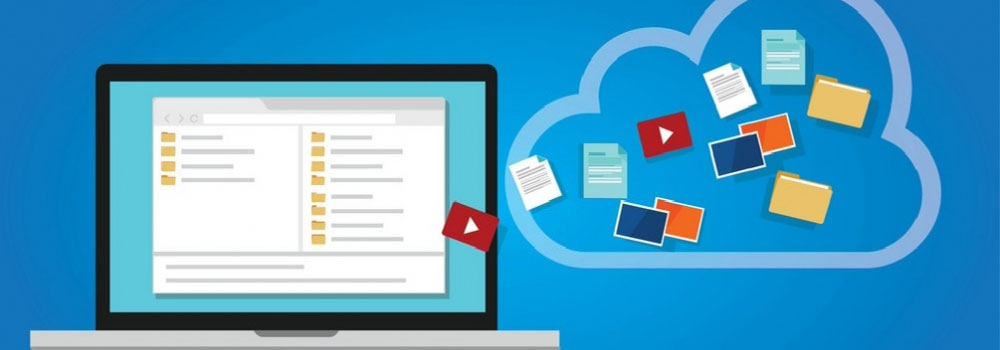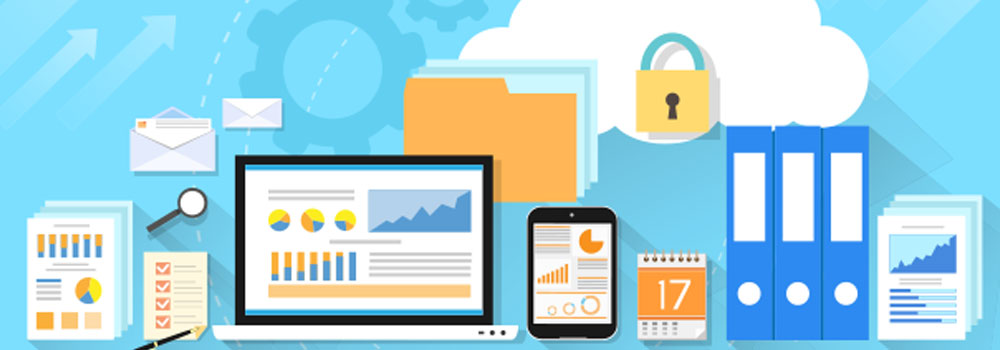Backup Procedures – Digital data is vulnerable to a number of scenarios that can cause data loss. Understanding that data on digital devices can be lost at any time is important. In case any unwanted event occurs, you might never be able to retrieve your valuable data again.
It’s hard to list down all of the possible scenarios that can occur. It could be damage to a hard drive, a power outage or even human error. This is why it’s important to always keep a copy. Backing up your valuable data removes the fear of data loss.
As such, having a backup solution means taking into account all of the different storage methods that exist. It’s also important to know the kind of backup you need. Such as, some users might prefer all of the data on a drive to be copied. However, some might just require backing up selective data.
Choosing the right backup procedure helps save time and resources. To do this, users must first understand their own requirements. This means that if you only need backups of selective files, there’s no point in backing up the entire disk. It would just increase time in recovery if a backup data is ever required.
How to choose the right Data Backup Procedure?
To understand what fits any user’s personal requirements, an overview of the backup procedure types is needed. Here are the four most common types of backups used today to protect against data loss.

Full Backups
A full backup is the most common and simple form of backing up data. Here, the entire source data in question is copied. It contains all of the files and folders in certain storage space. In essence, a full backup represents the starting point for the next three forms of backups in this list.
A full backup means copying all of the data contained within the files and folders. Since both the backup and restore operations here are simple in nature, the process is faster as well. With other backup types, the recovery process might take longer.
Ideally, users should opt for full backups as they help keep all data secure instead of selective files. A good backup plan entails routine full backups of the source data. This helps lower the risk of the most current data being lost to any unwanted event.
A typical method to perform a full backup would be to use backup software. This would help automate the entire process. Users will simply schedule backups and the software will routinely update the database files.
The primary advantage of a full backup is a speedy recovery. Also, all of the backup data is kept in a single database. This helps improve efficiency in storage management. However, the backup process would again take longer since all files and folders are being copied.
Incremental Backups
With full backups, all of the files and folders in storage space are backed up. Sometimes, this can become a problem as copying all files and folders can take a long time if the data volume is large. Incremental backups help only copy files and folders that were changed or created since the last backup.
This helps save time and resources. The process works by the user performing at least one full backup. Once a copy of the entire database is made, only updates need to be addressed. These updates in a database are either file changes or new files.
Incremental backups are preferred if a backup of the data files needs to be made continuously, such as on a daily basis. Time is only consumed in the first full backup. The changes and new files thus consume little time.
The primary advantage here is saving time in the backup systems. However, the recovery process can be very time-consuming. Such as, each incremental backup needs to be addressed separately when recovering the data files.
Differential Backups
To understand differential backups, incremental backups must be addressed along with it. To elaborate, incremental backups only copy files from the last backup. This means that only changes since the last backups are addressed.
With differential backups, all of the data changed or created since the last full backup is addressed. All of the data still doesn’t need to be copied. The primary advantage over incremental backups is that the recovery process takes lesser time than incremental backups.
Understanding whether you need differential or incremental backups depends on your own preference in the backup and recovery process. If you prefer recovery times to be shorter and can afford longer backup periods, differential backups help. However, the opposite is true for incremental backups.
Backup software exist to help automate the backup process. Users can also save up on storage space as only changed files need to be addressed. Differential backups are thus preferred when organizations need to address fast recovery in their disaster recovery plans.
Mirror Backups
Mirror backups work almost the same as full backups. Here, the exact copy of a file is made that exists at a specific point in time. Mirror files work by tracking changes to the original file on a system. So, if a file is deleted on the original database, it can also delete in the backup database.
The primary advantage of mirror backups is speed. This type of backup copies a file without compression or encryption straight into the backup database. However, this means that it consumes more storage space.
Most modern backup software that employ mirror backups have a system in place to avoid accidental deletion. If a file in the original database is deleted, it’s kept for a certain period of time in the backup database. If the file is not accessed for a certain period of time, it’s then deleted.
As users can decide between incremental and differential backups, they can also decide between the mirror and full backups. If user preference is speed and storage space is not an issue, mirror backups can be preferable. However, full backups do ensure more safety and reliability in keeping copies of all files.




